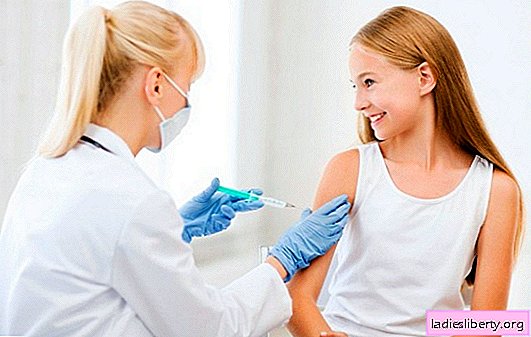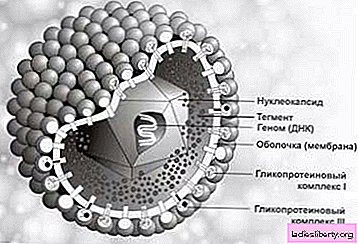
A therapeutic vaccine has helped test animals get rid of cervical cancer caused by the human papillomavirus (HPV). In 50% of vaccinated rodents, tumors significantly decreased in size. The results were published by scientists at the German Cancer Research Center.
How dangerous is the disease?
Cervical cancer is the 3 most common malignant neoplasm in women worldwide. The disease is caused by viral pathogens that infect mucosal cells. Infection can lead to cancer of the anus or oropharynx.
About 97% of cases of cervical cancer are associated with the human papillomavirus. HPV infection of type 16 and 18 is the most common cause of malignant disease worldwide, according to WHO.
Cervical cancer in most cases is asymptomatic. Only occasionally do minor spots or pain appear that indicate a disease. Only when the tumor grows larger and forms ulcers does it cause severe bleeding during intercourse.
If untreated, the tumor damages or even destroys the internal organs. Patients often develop kidney failure or leg lymphedema.
Cervical cancer can migrate to other areas of the body. Cancer cells quickly spread through the lymphatic vessels and bloodstream to other organs.
How is a therapeutic vaccine different from vaccination?
A therapeutic vaccine helps the immune system recognize and kill infected or degenerated cells.
The goal of scientists is to develop a vaccine for people who already have a malignant neoplasm.
One of the key differences between vaccination and therapeutic vaccine is in the response of the immune system. After vaccination, the body produces antibodies that protect it from future infections.
A therapeutic vaccine stimulates the formation of "cytotoxic T cells." These immune cells are able to recognize special proteins on the surface of cancer cells. Recognition allows the immune system to destroy an alien or “diseased” cell.
How does the vaccine work?
Epitopes are the most important component of the vaccine tested in this study. After the vaccine is administered to mice, protein structures are transported to the lymph nodes to elicit an immune response. In half of the mice that were given the vaccine, the tumors completely disappeared.
A therapeutic vaccine for HPV-related cancer is currently under investigation. According to scientists, so that in the future it can be applied to people, the effectiveness should be proved even better.
The more vaccines, the better?
Earlier studies have found that vaccines work better when combined with other similar drugs. In the first new mouse experiment, it was the other way around. For the treatment of tumors, it is recommended to use only one, but a really good recognition molecule.
An increase in the number of therapeutic vaccines did not improve the condition of experimental animals.
Scientists have come to the conclusion that quantity does not play any role in this case. One effective drug helps reduce neoplasm 77%.
How safe is the vaccine?
In clinical trials, a comparable or lower incidence of adverse events in females and males was observed. The authors examined whether vaccination is associated with an increased risk of developing 39 autoimmune diseases, 12 neurological disorders, and thrombosis.
7384 experimental rats received at least one dose of vaccine during the study period. None of the 52 individual results studied was more common in males with the vaccine.
Large studies, including those from Denmark and France, do not show an increase in the incidence rate even among females.
The current state of research indicates a good safety profile for both vaccinated women and men.
There is currently no evidence of a causal relationship between the administration of a drug vaccine and an autoimmune disease. Future research is aimed at developing drugs that will help people cure cervical cancer forever.











